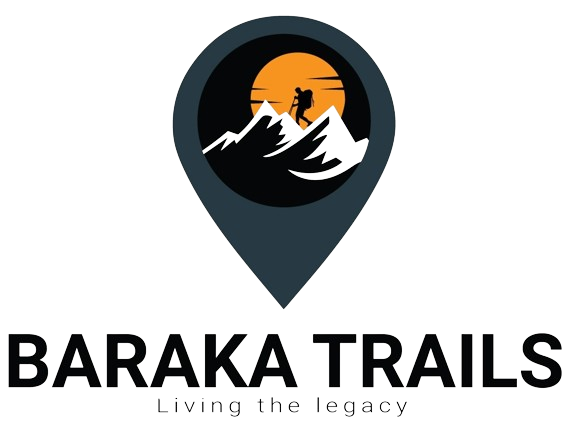NGORONGORO CRATER
Ngorongoro Crater, located in northern Tanzania, is the world’s largest inactive volcanic caldera. Part of the Ngorongoro Conservation Area, a UNESCO World Heritage Site, the crater measures about 19 kilometers (12 miles) in diameter and covers approximately 260 square kilometers (100 square miles). The rim of the crater rises to a height of 2,286 meters (7,500 feet) above sea level, with the crater floor lying about 610 meters (2,000 feet) below the rim. Formed about two to three million years ago when a large volcano exploded and collapsed, the caldera is a vast, bowl-shaped depression with steep walls. Within this unique ecosystem, you’ll find the Lerai Forest, a dense forest in the southwestern part of the crater home to many elephants and bird species; Lake Magadi, a shallow, alkaline lake that attracts flocks of flamingos and other waterbirds; and the Gorigor Swamp and Munge River, vital water sources supporting a variety of wildlife.
Ngorongoro Crater boasts one of the highest densities of wildlife in Africa, making it an excellent safari destination. The crater is home to the Big Five—lions, leopards, elephants, buffalo, and black rhinos, with the rhino population being particularly notable as black rhinos are critically endangered. Besides lions and leopards, the crater supports a healthy population of hyenas, known for their efficient hunting and scavenging skills. Large herds of wildebeest, zebras, and gazelles are commonly seen, alongside resident populations of buffalo, hippos, and elephants. Over 500 bird species can be found in the crater, including ostriches, kori bustards, and the rosy-throated longclaw.
The primary activity in Ngorongoro Crater is game drives, offering close encounters with a variety of wildlife. The crater’s unique ecosystem allows for exceptional game viewing throughout the year. With a diverse range of bird species, the crater is also a paradise for bird enthusiasts, and early morning drives offer the best opportunities for bird watching. Visits to nearby Maasai villages provide insights into the traditional lifestyle and culture of the Maasai people, who are integral to the conservation area. Some areas in the Ngorongoro Conservation Area permit guided nature walks, offering a more intimate experience with the landscape and its smaller fauna and flora.
The best time to visit Ngorongoro Crater varies depending on the desired experience. The dry season from June to October is ideal for wildlife viewing as animals are more concentrated around water sources, and the vegetation is less dense, making it easier to spot wildlife. The wet season from November to May brings lush, green landscapes and many animals giving birth, providing opportunities to see young animals. Bird watching is also excellent during this time as migratory birds are present.
Accommodation in the Ngorongoro Conservation Area ranges from luxury lodges to mid-range lodges and camps, as well as budget camping options. Luxury lodges such as Ngorongoro Crater Lodge and Neptune Ngorongoro Luxury Lodge offer stunning views of the crater and luxurious amenities. Mid-range options like Rhino Lodge and Ngorongoro Sopa Lodge provide comfortable accommodations with good facilities. Budget campsites are available for travelers looking for a more economical option, allowing for an immersive experience close to nature.
When planning a visit to Ngorongoro Crater, it is important to pack appropriately. Layered clothing is recommended due to the crater’s varied temperatures, as it can be cold in the morning and evening and warmer during the day. Consult a travel doctor for advice on vaccinations and malaria prophylaxis, and bring insect repellent and a basic first aid kit. For photography, a good camera with a zoom lens is essential for capturing the diverse wildlife and stunning landscapes, along with extra batteries and memory cards.
Ngorongoro Crater offers an unparalleled safari experience with its high density of wildlife and stunning landscapes. The unique geological features, coupled with the opportunity to see the Big Five and a variety of other species, make it a must-visit destination for any nature enthusiast. Whether you’re on a game drive, bird watching, or visiting a Maasai village, Ngorongoro Crater promises a rich and memorable adventure.
